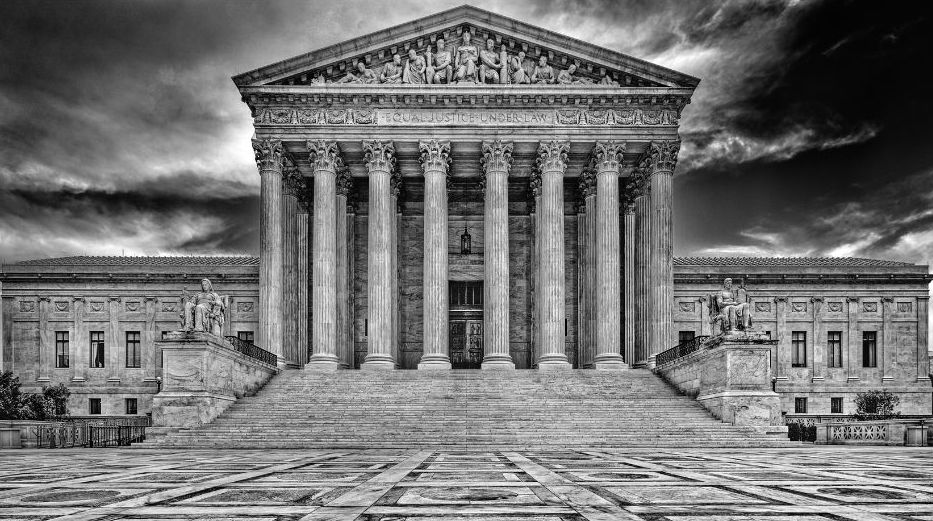The Supreme Court is releasing its rulings for this term’s cases; we anticipate decisions in its more divisive and important cases by the end of June. In each ruling the court includes a majority opinion that allows the public to understand the reasoning of the decision.
A majority opinion is a statement announcing the Court’s judgment and explaining the rationale agreed upon by the majority of Justices hearing the case. The majority opinion clarifies the Court’s reasoning so that it can be applied in future decisions by lower courts. In other words, it sets a precedent.
Majority opinions are typically built on compromises, in which Justices exchange suggestions until they come to agreements over what needs to be written in (or taken out of) drafts in order to form a majority opinion. This means at least five SCOTUS justices come to an agreement.
Chief Justice Roberts said at his confirmation hearings that if confirmed, he wanted work to achieve as many unanimous rulings as possible.His comments referenced Chief Justice Earl Warren, who won a unanimous vote in Brown v. Board of Education. Chief Justice Warren believed it would be an important statement from the Court if all the Justices agreed that segregation should end. Unanimous rulings tend to be narrower in order to get everyone in agreement, but in some cases, like Brown, they led to massive change in the law.
The Court has changed its procedures over time as its role began to become more defined within our democracy.
When the court first started sitting for cases it didn’t issue majority opinions, it issued opinions “seriatim,” which essentially meant the Justices wrote individual opinions one-by-one in each case. But the Justices changed the practice in order to speak with one official voice and to make the outcomes of decisions easier to understand.
In recent years, especially after the passing of Justice Scalia and Senate Republicans’ refusal to allow President Obama to appoint a new Justice, the Court has become increasingly divided and its decisions more fractured. The newer Justices are more conservative and there’s little disagreement even among the conservative bloc.
In addition to that, the Court is granting review, meaning it’s choosing to take up cases involving increasingly odd and dangerous issues that could have detrimental effects on our democracy and fundamental rights. There’s much less agreement on even basic ideals that used to be unquestioned.
Majority opinions are designed to allow the Court to speak with a clear voice and show institutional agreement on the law and American ideals. Attempting to gain support from all nine Justices should allow the Court to limit the reach of its decisions and lessen the potential threats to democracy. Unfortunately for the American people, this Court does not seem interested in being a balanced institution and lately its opinions reflect that.


